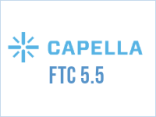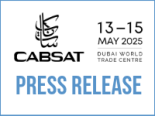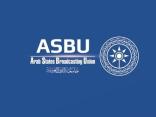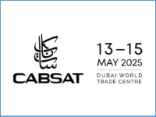We help you find and integrate software for Media-IT









x-dream-news Spring 2025
Welcome to our spring edition—packed with fresh product news and event highlights!
Cambria FTC new release v5.5
Capella Systems is pleased to announce the official release of Cambria FTC/Cluster v5.5 of its transcoding software. You can update your version or request a free trial. Learn more about the new features here.
x-dream-group Showcases AI-Powered Cross-Media Publishing in x-dream-Fabrik at CABSAT 2025
Munich, Germany – 28.04.2025 – German-based x-dream-group will showcase the latest advancements in AI-powered cross-media and social media publishing within x-dream-Fabrik at CABSAT 2025 in Dubai. Visit us at booth S1-L30e in Bavarian Pavillion from May 13-15 to experience how x-dream-Fabrik is transforming content publishing workflows across platforms.

IBC 2025
x-dream-group and partners will exhibit at IBC 2025 at the RAI, Amsterdam from September 12 to 15 on booth 7.C25.
ASBU event in Tunis 2025
We cordially invite you to join x-dream-distribution GmbH at the ASBU event in Tunis from June 24 to 26.
CabSat 2025
We cordially invite you to join x-dream-distribution GmbH at CABSAT 2025 from May 13 to 15 in Dubai in the Bavarian pavilion.























